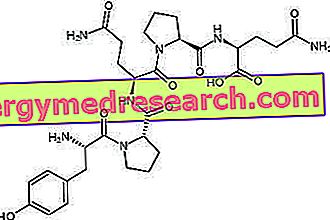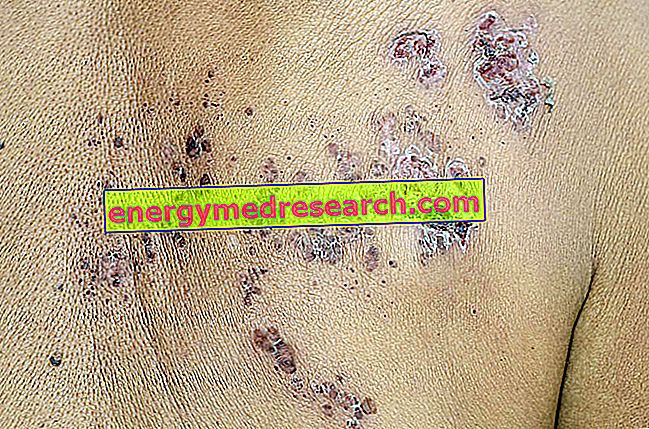Definition
Sialadenitis is an inflammation of the salivary glands. Usually, it occurs following a glandular hyposecretion or the formation of an obstructive calculus; it may also be secondary to an infection. The most widespread microorganism responsible is Staphylococcus aureus, but streptococci and various viral agents may also be involved. Predisposing factors are dehydration (causes a reduction in the salivary flow), traumas and the use of some drugs (eg diuretics and antidepressants). Sialadenitis is particularly common also in patients with xerostomia or Sjögren's syndrome and in subjects undergoing oral radiotherapy. In some cases, inflammation can develop without any obvious cause.
The sialadenitis mainly affects the parotid and submandibular glands, and may have an acute or chronic course.
Most common symptoms and signs *
- Chills
- Pain associated with chewing
- Edema
- Erythema
- Temperature
- Pus formation
- Parotid enlargement
- Headache
Further indications
The main symptoms of sialadenitis are unilateral pain and swelling, with reddening of the overlying skin (erythema and edema). The affected salivary gland appears hard and diffusely painful; moreover, compressing the same may leave some pus (to be subjected to culture examination).
The patient suffering from scialoadenitis may complain of difficulty and pain when opening the mouth or in conjunction with meals, when salivation is stimulated. Furthermore, fever, chills and headaches may appear.
Chronic or recurrent forms, mainly due to calculosis, can occur in the absence of particular symptoms, except for episodic exacerbations.
The otorhinolaryngology examination, supported by ultrasound, CT or MRI, serves to confirm the presence of scialoadenitis and to identify the responsible cause.
The treatment varies according to the etiology. In general, antibiotic therapy (based on the results of culture tests) and local measures such as hydration, hot compresses on the affected region and good oral hygiene are planned. In chronic forms, surgical removal of the stones (if present) or the affected salivary gland may be recommended.



